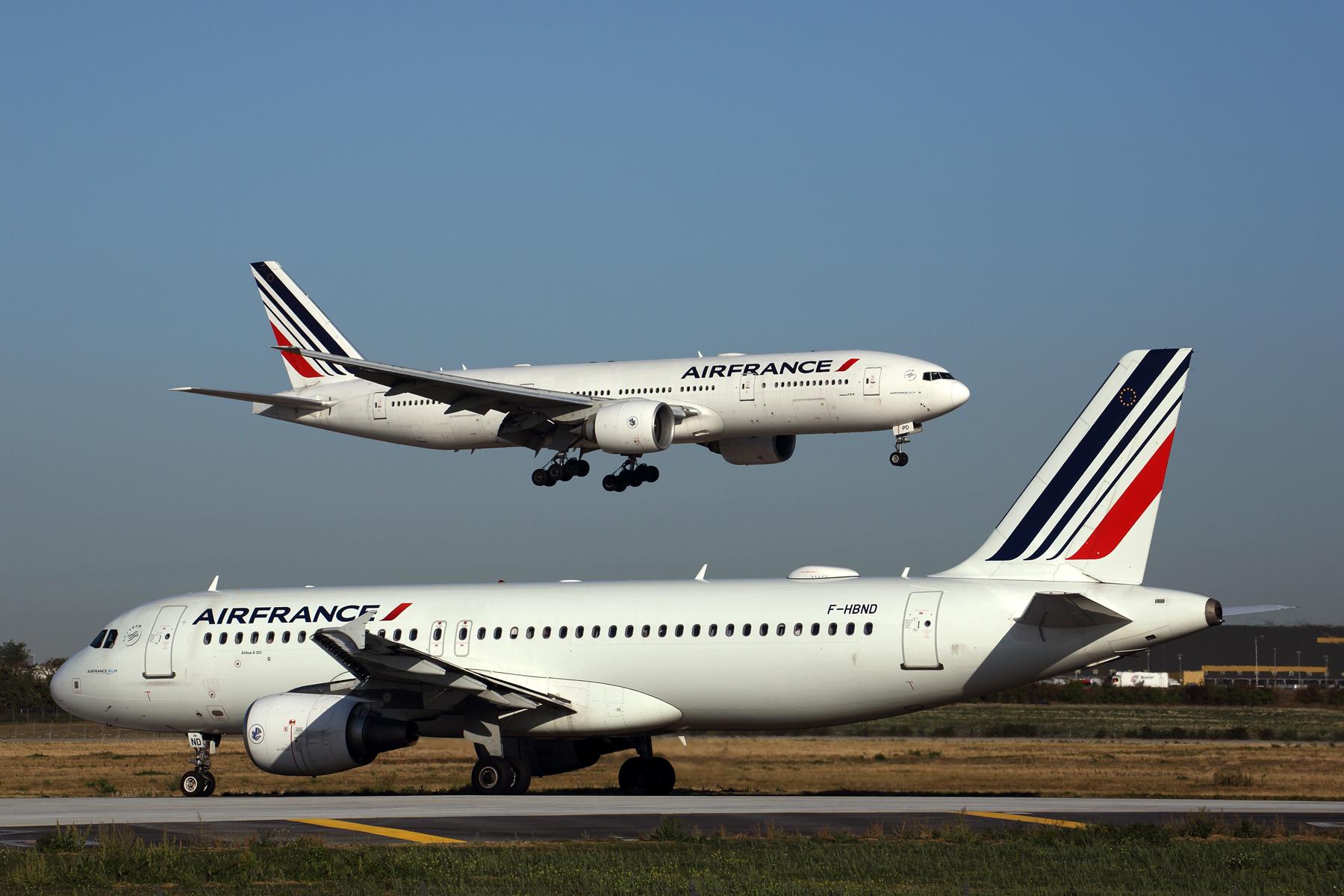Daily Memo: Can Rail Partnerships Help Airlines Meet Sustainability Goals?

Can rail operators and airlines—traditionally more competitors than partners—really work together to help cut emissions?
That’s what plenty of European airlines are promising, as they unveil intermodal partnerships as part of their emissions-reduction strategies.
Air France and French rail operator SNCF have been intensifying their cooperation and in 2022 launched a fully digital Train+Air product which allows passengers to make one reservation across train and air legs of their journey. Air France is also looking into how it can work with other European rail operators on similar initiatives.
France is far from alone in looking into the potential for rail and air to work together rather than in competition: the European Union Aviation Safety Agency (EASA) and the European Union Agency for Railways (ERA) signed a memorandum of cooperation establishing regular dialogue between the two in a bid to better share information, knowledge and experience in three areas—safety, big data and sustainability. A French government condition linked to COVID-19 state aid awarded in 2020 gave a boost to the intermodal concept. In exchange for multi-billion-euro loans and guarantees, France’s government insisted Air France should cut domestic flights on routes where a rail alternative of under 2.5 hours exists, a limit that later became a broader law in France—and one that should, in theory, benefit the rail system in the home of the TGV high-speed train, as well as the planet.
A 2021 report commissioned by Greenpeace concluded that a third of the busiest short-haul flights in Europe have train alternatives of under six hours. The NGO called for a ban on domestic and short-haul flights where an alternative under six hours exists as well as improvements to the region’s rail network.
But critics say the emissions reduction impact of transferring some routes to rail may not amount to much.
According to figures from transport-focused environmental NGO Transport & Environment, the three routes concerned by the French flight ban (Paris-Orly to Bordeaux, Nantes and Lyon) represent just 0.3% of emissions from flights departing from mainland France, or 3% of domestic emissions.
“The French short flight ban is a good and symbolic start—as it shows that we must cut aviation emissions by reducing demand—but it will have little impact on reducing emissions,” a T&E spokesperson said.
“Pitting trains against planes has become a national sport, while in fact they are complementary,” Thomas Juin, president of French airports’ association UAF, said in January. At that time, UAF unveiled a report it had commissioned, carried out by consultancy OXERA, on the French domestic aviation market.
The study highlighted the growth in so-called “transversal” domestic routes, those between secondary cities in France rather than to and from the capital Paris, in recent years, driven by LCCs. Those routes are important for regional connectivity, UAF says, and cannot be replaced by fast rail connections.
“The OXERA study highlights the importance and the growth dynamic of these secondary domestic routes and illustrates, in our eyes, the complementarity of rail and aviation,” Juin said.
On the 12 “radial” flight routes (from Paris to regional airports) with a rail alternative of less than four hours, Juin said modal shift had already taken place, with rail representing 85% of traffic on those routes, but on region-to-region routes flights meet passengers’ need for a fast connection, which rail cannot provide.
Between 2010 and 2019, French domestic traffic grew 24%, partly thanks to a significant increase in connections between cities outside the capital. They experienced a 72% increase in passengers while passengers on routes between Paris and other French airports grew only 5%, the study said. This indicates transversal routes accounted for almost 40% of domestic traffic in 2019, up from 29% in 2010. The study also showed the number of transversal routes has grown by 51% since 2010.
Beyond France
Elsewhere in Europe, many airlines are also looking to rail partners. Lufthansa Group—which already has intermodal cooperation agreements in place with Deutsche Bahn in Germany, OBB in Austria and SBB in Switzerland—recently signed a memorandum of understanding with Italian state railway company Ferrovie dello Stato to negotiate a contract for a cooperation in feeder traffic within Italy. “The aim of the planned cooperation is in particular to bring passengers with FS rail connections to and from their respective flight connections at various Italian airports,” Lufthansa said.
The German airline group has bid for a minority stake in ITA Airways as it seeks to build up its presence in the important Italian market.
Lufthansa Group airlines already offered more than 3,000 weekly rail or bus connections from more than 40 cities, the company said.
In the Netherlands, KLM Royal Dutch Airlines is extending a pilot project with Belgian rail operator Thalys. The Amsterdam-based airline, part of the Air France-KLM group, has bought additional seats on four Thalys trains for transfer passengers traveling between Amsterdam and Brussels in the summer season. The move marks an expansion of the KLM-Thalys project that ran from July to October 2022, when the airline replaced one daily flight between Amsterdam and Brussels with a rail service.
The airline says its supports a Dutch Action Plan aimed at improving international train travel as an alternative to flying at six priority destinations—Berlin, Brussels, Düsseldorf, Frankfurt, London and Paris.
